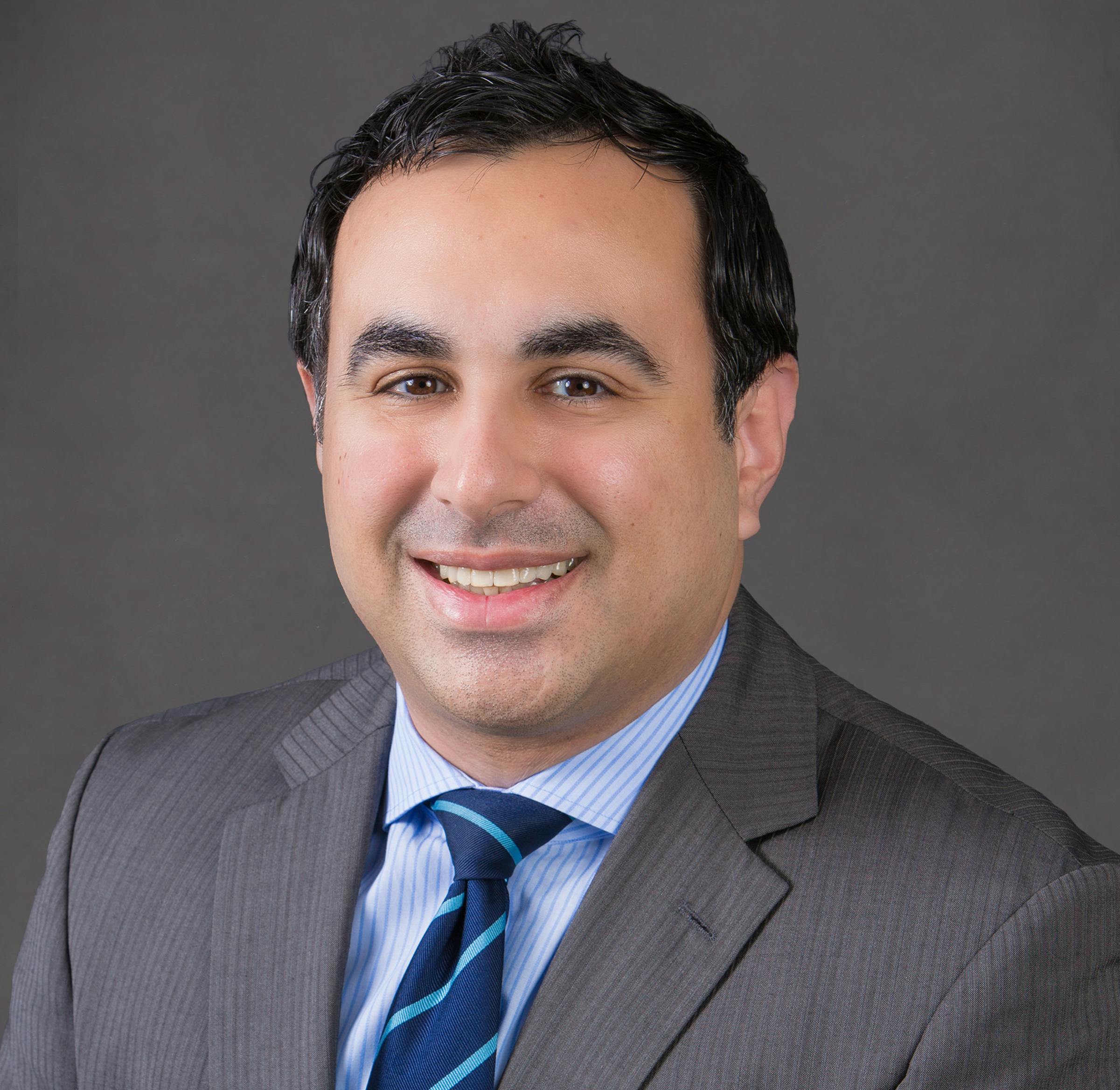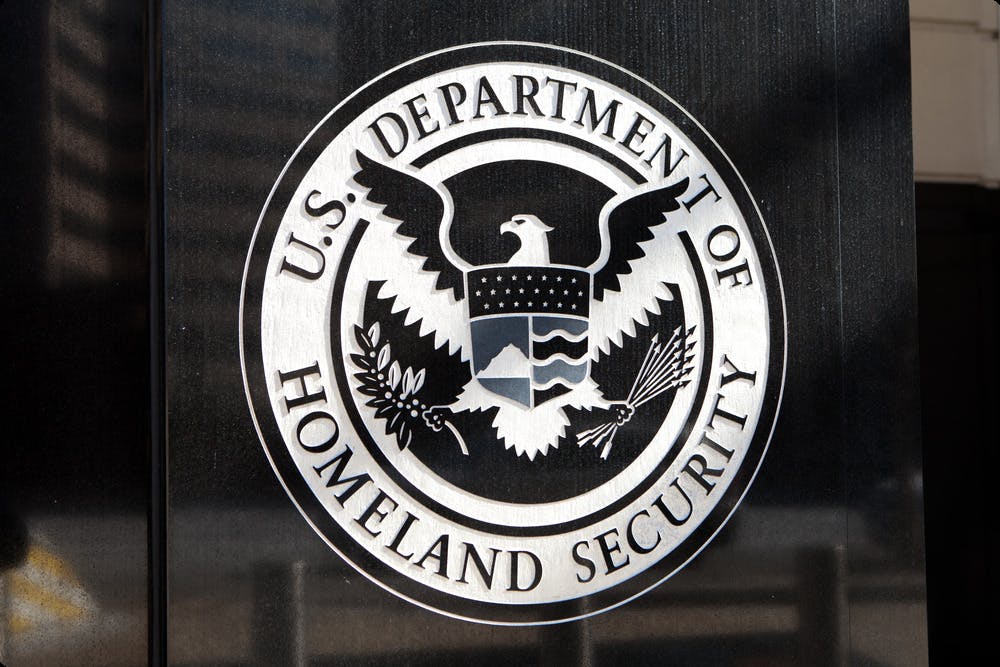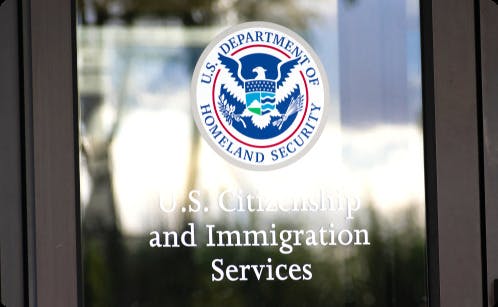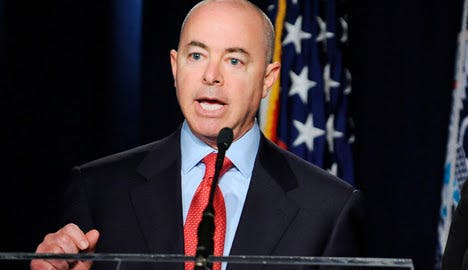The breaking news of a judge ordering a return to $500,000 raises a host of questions.
eb5Marketplace has engaged two accomplished immigration lawyers, Michael Harris and Rohit Kapuria, to answer our questions.
What’s the decision based on? How soon does it take effect?
Michael Harris: The federal district judge granted the plaintiff, Behring Regional Center, summary judgment on its claim that the Administrative Procedures Act (“APA”) was violated when the former Secretary of Homeland Security signed the USCIS regulations that were made into a final rule in November 2019.
Specifically, the Court said, the former DHS secretary “…was not properly serving in his position when he promulgated the Final Rule in July 2019.” Based on this, as well as the ineffective attempt to ratify the new regulations by the new Biden Administration-appointed DHS Secretary, the Court vacated the regulations in their entirety.
It tossed them out, or rather sent them back to USCIS. The agency, USCIS, will now need to go through the notice and comment period over again and then, if successful, promulgate and sign new regulations into effect. In short, the regulations were declared void with no nationwide effect.
Can it be stopped or blocked?
Michael Harris: Yes, it could if the government (Department of Homeland Security) seeks a stay of the lower court’s decision with the Court of Appeals, and then the Court of Appeals enjoins the decision while the case remains on appeal.
Rohit Kapuria: The timeline for the Court of Appeals to actually enjoin the decision could be as short as a couple of weeks or longer.
The key question that I have is whether the government actually started preparing the appeal paperwork some weeks back based on the judge’s questions during oral arguments or whether it waited until the decision. If it waited, that would add to a delay in the appeal (assuming the Court of Appeals actually does agree to enjoin).
Define the big impact for investors.
Michael Harris: It could mean that investors have an opportunity to invest at $500,000, and to invest in a geographic area that is considered a Targeted Employment Area (TEA) under the pre-November 2019 rules. It would also throw out any protections some investors may have sought to preserve their Priority Date based on their investment in a failed project or regional center.
What about investors who have recently invested at 900k? Are they committed to the 900k?
Michael Harris: Under their contracts, they may be if projects properly disclosed to them that there was a possibility of litigation or a reverting back to the old rule.
What is uncertain is whether USCIS would consider a return of $400,000 in capital back to investors to be a “material change”. USCIS has allowed projects to modify existing offering documents in order to comply with redeployment rules, and to not be subject to “material change” allegations.
Ultimately, each investor will need to review what they signed with the corporate securities lawyers.
Rohit Kapuria: In my view, the $900k investments up until yesterday were valid and proper. I do not read the ruling as invalidating the ruling back to 2019; rather, I read it, as having an effective date of June 22.
While the $900k investors will be correctly upset, barring a decision by USCIS to permit a return of $400k, this an issue where we’ll have to wait and see for an answer.
What about investors who are ready to invest at 900k right now?
Michael Harris: To me, and I have spoken with some securities law attorneys about this, I would suggest that projects consider placing an investor’s $500,000 in escrow until adjudication of their I-526 petition, or until a final decision is made on the Behring litigation.
It may be wise to have an escrow agreement that provides for two tranches to be invested: one for $500,000 and released as usual upon conditions being met; and a second tranche for $400,000, to be held until a final decision is rendered in the litigation.
Rohit Kapuria: I am suggesting that some investors consider filing two I-526 petitions; one at $500k and one at $900k. Let us see which one is rejected by the lock box. If the $500k I-526 is rejected, then at least you have a $900k one made prior to June 30.
What will DHS do? How long would it take them to reinstate the new regs, if that’s their thinking?
Michael Harris: Most regulations require a 60-day notice and comment period, but it usually takes longer due to extensive comment periods. The November 2019 EB-5 regulations were introduced as a proposed rule in January 2017, and it took over two years for USCIS to attempt to turn it into a final rule.
USCIS could try to implement the rules sooner, but I think that would be ripe for more litigation.
Mayorkas already tried to ratify the new regs. He and DHS can’t be pleased, can they?
Michael Harris: I imagine not. Hopefully a compromise can be worked out. Recall that many in the EB-5 industry argued that the inflation measure used to adjust the $500,000 to $900,000 was calculated from the year of the program’s creation in 1990.
Many economists argued that the investment amount should have been adjusted based on when demand exceeded supply, or around 2008 or 2009.
I also note that the November 2019 regulations did not consider the economic impact the rule change would have on the industry, which should have been done under the Congressional Review Act (“CRA”). Per the CRA and a Congressional Research Service report prepared for Congress, “The CRA also requires that “major” rules (e.g., those that have a $100 million effect on the economy) have a delayed effective date of at least 60 days, and that agencies submit their rules to both houses of Congress and the Government Accountability Office (GAO) before the rules can take effect.”
How does this fit in with EB-5 reauthorization? How will Grassley and Leahy feel about this?
Michael Harris: The reauthorization bill in Congress does not alter the minimum investment amount. I imagine Senator Grassley will not be happy with the investment amount being set at $500,000, nor that urban TEA’s may be able to flourish again if the Behring decision is not stayed.
What if the program is not extended by June 30th — what happens to investors who file at 500k?
Michael Harris: If they file between now and June 30th at $500,000, they would presumably be locked in at $500,000. The U.S. Congress has the ability to make laws that are retroactive. We really will need to see what the Court of Appeals does (assuming USCIS will appeal this).
How long of a window could investors have to work with the 500k number?
Michael Harris: It’s hard to say. Regional center investors will have a short period of time subject to the potential sunset of the Regional Center Program. Direct or basic EB-5 investors may have some additional time, subject to what happens next in the litigation process.
If an investor wanted to file very quickly to make the window, what’s the quickest it could be done properly?
Michael Harris: A bona fide petition will need to be filed. USCIS did recently change their policy or returned to former policy that says that it will not issue outright denials for applications and petitions that appear to be lacking critical evidence.
If there is an indication that a petition may be able to show upon submission of further evidence, then USCIS says it will issue a Request For Evidence (“RFE”) or a Notice of Intent to Deny (“NOID”).
Whether that can be done in one week will need to be evaluated on a case-by-case basis.
Should investors who have 500k but not 900k still file? What’s the risk to them if they file and don’t succeed?
Michael Harris: I have spoken with several investors already and if they are fully informed about the immigration risks in filing with a $500,000 investment, then we can file.
But I also would want projects to offer protection to investors in the event that the decision is overturned or the investors are required to have invested $900,000 but only invested $500,000. If a project does not do this, investors may lose out in their place in the immigration processing line.
Lawyer costs will be spent, and some projects may not be able to refund investors in time. This could result in litigation by a class of investors for years to come.
Rohit Kapuria: The most bulletproof option here is to invest $900k, ensure that the escrow agreement is amended to allow disbursement of just $500k upon receiving the receipt notice AND file two separate I-526 petitions. One filing at $500k and one filing at $900k.
What this allows is the optionality to determine whether or not USCIS accepts the $500k investment and ensure that the filing at $900k is done prior to the June 30 deadline.
Certainly, it costs a few thousand dollars more to the investor for filing fees and maybe some extra legal dollars for the purposes of the optionality.
What are potential scenarios that could unfold?
Michael Harris: In no certain order:A) USCIS files a notice of appeal with the U.S. Court of Appeals and seeks a stay of the lower district court’s decision to vacate the rule. The court of appeals grants the stay and the regulations are in effect again.
B) Similar to above, but the court of appeals does not grant the stay. Regulations are still vacated.
What is interesting to note is that this litigation was filed in the same district court (different judge), specifically the California Northern Federal District Court, as the asylum regulation which were enjoined in November 2020 from taking effect due to the same legal basis (click here to read court’s webpage on the asylum litigation). The asylum regulations are still enjoined as of this date.
C) Congress passes legislation to set the minimum investment amount at $900,000. Whether Congress can do this within the next week is uncertain.
D) USCIS publishes a new notice in the Federal Register that the regulations will become final in 30 days. How quickly this could happen is also uncertain. It took USCIS over two year to publish its final rule the previous time rule-making was proposed.
Rohit Kapuria: The government could either…
A) appeal the decision and request a stay on the ruling; and/or…
B) go through another notice and consent period to bring the regulations back into play; and/or…
C) Senators’ Grassley and Leahy could redline [quickly amend] the current legislative proposal to return the investment amount to $900k (because the current legislative proposal does not contemplate the investment amount issue since it is more focused on integrity than investment amount).
Do you think this is good for EB-5 in general?
Michael Harris: It makes it interesting. The amount of $500,000 is still a lot of money for many investors around the world. In Brazil, for example, currency exchange rates are at 5-to-1, and it may be becoming worse in other parts of Latin America.
My opinion is that $900,000 was more of an adjustment than was needed. A compromise would have been to set it at $700,000 and then provide a CPI-inflation based increase every year.
Rohit Kapuria: There will be a flood of petitions. My email and phone have been blowing up with inquiries in the last 15 hours. It is crazy.
If there’s a surge of interest and the U.S. sees a lot of EB-5 capital, and a lot of job creation, could the 500k investment amount stick for a while?
Michael Harris: Certainly. The U.S. greatly needed this during the last economic recovery from the 2008 financial crisis. With billions in federal benefits delivered by the federal government due to COVID, EB-5 can play the savior or saint again.
Thank you to both immigration lawyers for their expertise and insight. If you’re an investor looking for experienced EB-5 counsel, please contact either lawyer:
Michael Harris: office: 305.792.8677, direct:305.912.4578 michael@harrislawpa.com, www.harrislawpa.com
Rohit Kapuria: Tel: 312.876.6653, mobile: 312.493.2302 Rohit.Kapuria@saul.com, www.saul.com
If you’re an investor looking to file right away, eb5Marketplace can help you make an informed investment selection, with third-party due diligence. Schedule a call with eb5Marketplace









